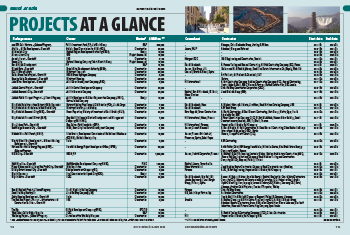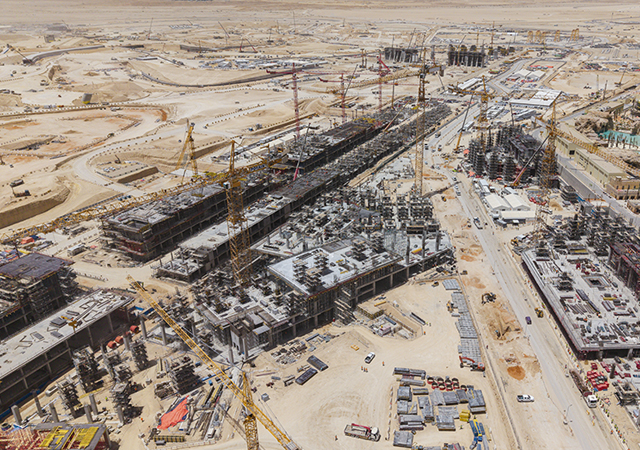
 Work on a number of attractions at Qiddiya City is well advanced.
Work on a number of attractions at Qiddiya City is well advanced.
Saudi Arabia is undergoing a transformation of historic proportions – one that is being watched, studied, and, increasingly, emulated around the globe. Fuelled by the bold ambitions of Vision 2030, the kingdom is rolling out an unprecedented wave of mega and giga projects that span sectors as diverse as tourism, energy, technology, logistics, and urban development.
From the smart city of NEOM to the transformation of the kingdom’s birthplace in Riyadh and the luxury destinations rising along the Red Sea, these initiatives are redefining the scale and scope of national development. As cranes dominate skylines and ground breaks in previously untouched terrain, Saudi Arabia is not only reshaping its own future – it’s becoming one of the world’s most dynamic construction and investment frontiers.
Saudi Vision 2030, the kingdom’s comprehensive national development plan, aims to pivot the country’s economy away from its historical dependence on oil revenues by fostering growth in diverse non-oil sectors. This ambitious agenda has seen the launch of giga- and mega-projects – many of them awe-inspiring in both scale and vision – that have begun to transform the kingdom’s landscape. As a key enabler of this vision, the construction industry is already benefiting through creating the physical infrastructure necessary to support new mixed-use developments, communities, offices and industries, enhance tourism, and improve the overall quality of life for the kingdom’s citizens and residents.
According to Knight Frank’s Saudi Arabia Giga Projects Report 2024, Vision 2030 is driving a staggering $1.3 trillion in investments across the kingdom’s real estate, infrastructure and transportation sectors, with $164 billion worth of real estate contracts awarded, the largest of which is for NEOM ($28.7 billion).
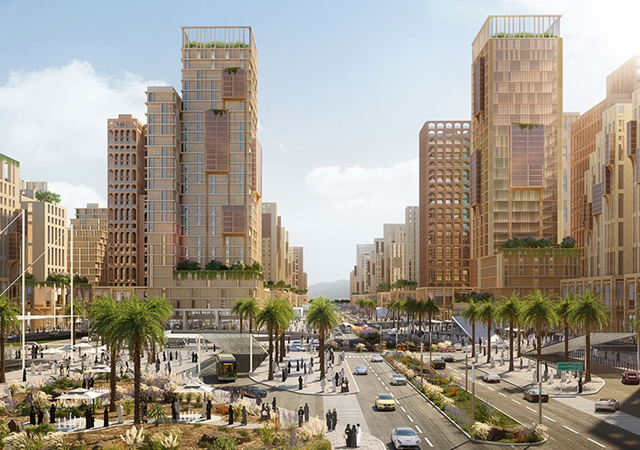 |
|
The $37-billion Rua Al Madinah project ... a landmark project in Madinah. |
Over one million new homes are planned by 2030, with around four per cent already completed. As much as 32.5 per cent of the kingdom’s new housing stock is planned in the capital, says the report.
Speaking at the Public Investment Fund (PIF) Private Sector Forum in Riyadh in February, Economy and Planning Minister Faisal Alibrahim said Saudi Arabia anticipates infrastructure investments to reach $1 trillion by 2030, driven by the expansion of key non-oil industries. Alibrahim highlighted the sovereign wealth fund’s crucial role in economic growth and diversification under Vision 2030.
The PIF plays a critical role through serving as a financier and sponsor for the unprecedented wave of mega and giga-projects Saudi Arabia has witnessed in recent years.
These massive projects span the breadth of the kingdom right from the $500-billion futuristic city in the northwest of the country, the $23.6-billion Red Sea and AMAALA projects and Jeddah Central and Jeddah Tower as well as the sprawling $23-billion Jazan City for Primary & Downstream Industries (see Page 30), along the western coast; to Riyadh’s cluster of mega projects – the New Murabba, $63.5-billion Diriyah, Riyadh Expo 2030, Qiddiya City, Sports Boulevard, King Salman International Airport, King Salman Park and King Abdullah Financial District; and to The RIG project along the Eastern coast. This apart, some 21 entertainment destinations are being built in 14 cities across the kingdom by the Saudi Entertainment Ventures (SEVEN) (see Page 17), while Saudi Arabia’s largest multi-asset developer ROSHN Group is currently building thousands of homes in Riyadh, Dammam, Makkah and Jeddah in line with its mandate to enable home ownership to 70 per cent of Saudi nationals.
In addition, Saudi Arabia is aiming for 150 million visitors annually by 2030 and has plans or is building 362,000 new hotel rooms to cater to the influx of tourists.
The epicentre of development is the Riyadh which is in the midst of a major urban transformation. The high concentration of mega projects within the capital signifies a deliberate and intensive government strategy to transform the city into a prominent global centre for commerce, tourism, and culture and underscores the kingdom’s ambition to establish Riyadh as a leading metropolis on the world stage.
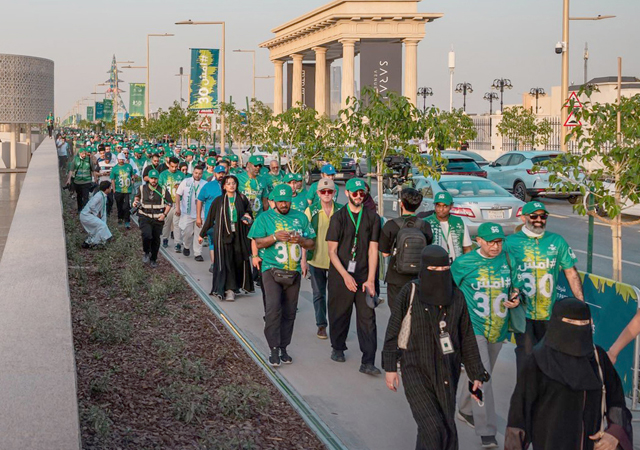 |
|
The Sports Boulevard marked a milestone recently with the opening of its first phase. |
Riyadh’s recent victories in securing the 2030 World Expo and the 2034 FIFA World Cup will serve as powerful catalysts for accelerated growth in the construction sector, boosting economic activity, modernising infrastructure, and reinforcing Saudi Arabia’s Vision 2030 objectives.
The 2030 World Expo is expected to inject a substantial economic boost of $94.6 billion into the nation’s capital, with an estimated 40 million visitors anticipated during the six-month exhibition; and the momentum will be maintained with the capital set to build six new stadiums to host the 2034 FIFA World Cup.
Plans on the anvil for the capital include a 2-km-tall tower as an anchor project for the ambitious North Pole development and a new international airport, the King Salman International Airport – which will be the world’s largest.
Projects in progress are equally awe-inspiring. Three of the Saudi sovereign wealth fund Public Investment Fund’s (PIF) five giga projects – Diriyah, Qiddiya City, and ROSHN – are underway, creating diverse and vibrant destinations for tourism, culture, and residential living.
In Riyadh, the Diriyah Gate project is transforming the historical birthplace of the kingdom into a world-class cultural and lifestyle destination, celebrating Saudi Arabia’s rich heritage. Also in the capital, the King Salman Park, a $23 billion initiative, is set to become the largest urban park globally, featuring a wide array of cultural, educational, sports, and hospitality facilities. The New Murabba project, with a $50 billion investment, aims to create a new, modern downtown in Riyadh, highlighted by the iconic Mukaab structure. The Sports Boulevard, a $23 billion undertaking, is creating a 135-km linear park across Riyadh, promoting health and wellness (see Gulf Construction, February 2025).
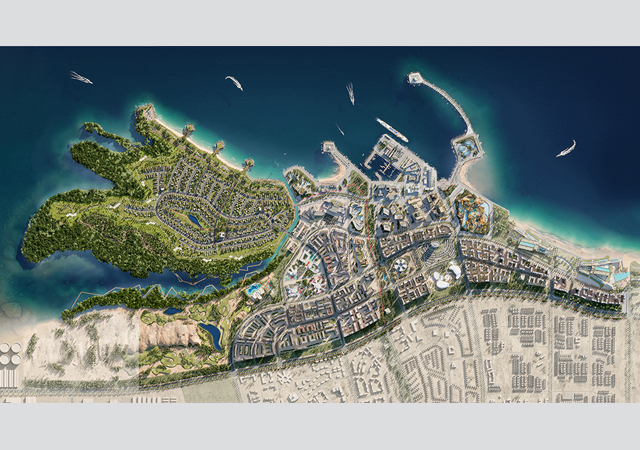 |
|
A masterplan of $23-billion Jazan City for Primary & Downstream Industries featuring a modern urban design and the formulation of the land use plan. |
In Jeddah, the Jeddah Central project, involving an investment of $20 billion, is focused on revitalising the city’s core with new commercial, residential, and entertainment offerings while the resumption of work on the iconic Jeddah Tower – which aspires to reach the soaring height of 1 km to claim the title of the world’s tallest building – has renewed hopes for the development of the mega Jeddah Economic City. Another project which aims to revitalise the port city is Historic Jeddah, being spearheaded by a subsidiary of PIF.
Big-ticket projects in Makkah that aim to serve pilgrims include the ongoing multi-phase Jabal Omar development, which is now well into its fourth phase, the $27-billion Masar project and the $7-billion Thakher Makkah; while, the stand-out projects in Madinah are the $37-billion Rua Al Madinah project and Knowledge Economic City.
According to US International Trade Administration market intelligence report, the construction market in Saudi Arabia has emerged as a leader in the Mena region with an estimated size of $70.33 billion in 2024, and is projected to reach $91.36 billion by 2029. This growth is attributed to Saudi Vision 2030, reflecting the government’s substantial investments in infrastructure development.
The ample opportunities in the construction sector have resulted in a significant surge in the issuance of licences to construction companies, reaching a total of 3,800 in 2024 with a notable 59 per cent year-on-year increase in the final quarter, according to figures released by Ministry of Investment. This upswing is also likely a direct result of the Saudi government’s efforts to streamline regulatory processes and improve the ease of doing business within the kingdom.
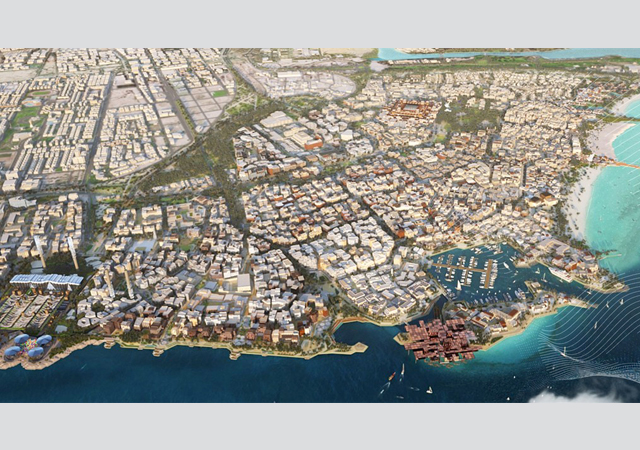 |
|
The Jeddah Central project is focused on revitalising the city’s core with new commercial, residential, and entertainment offerings. |
These projects, each with its unique focus and scale, demand substantial construction resources and are driving the adoption of advanced technologies and innovative building techniques. In line with global trends towards sustainability, each project is also striving towards achieving the highest environmental standards.
While the market presents substantial opportunities fuelled by governmental commitment to economic diversification and infrastructure modernisation, it also faces challenges including rising costs and the need for skilled labour. Overall, the outlook for Saudi Arabia’s construction industry remains robust, with sustained growth anticipated as the kingdom continues its journey towards achieving its Vision 2030 objectives.
Roads & Railways
Saudi Arabia is investing heavily in its transportation infrastructure, with notable progress reported on major road development projects and the ambitious Landbridge railway project. Plans have also been unveiled for the expansion of the Riyadh Metro network.
In March, Saudi Railway Company (SAR) invited global firms to submit bids for the design consultancy services for its $7-billion Landbridge Railway Network project. The planned network comprises six lines, primarily intended for freight, including a new 950-km link between Jeddah on the Red Sea coast and Riyadh (see Saudi Focus).
In the capital, plans have been mooted for the expansion of the recently inaugurated Riyadh Metro network involving a potential investment of over $21 billion. The expansion includes the development of a seventh line spanning approximately 65 km with 19 stations, linking key areas like Qiddiya Entertainment City, King Salman Park, and Diriyah Gate. The existing Riyadh Metro, a $22.5 billion project with six lines covering 176-km and 85 stations, began commercial operations in late 2024 and early 2025.
In the roads sector, the Royal Commission for Riyadh City (RCRC) has commenced the implementation of the Second Group of the Riyadh Ring Roads and Main Axes Development Programme, involving eight major road projects at a total cost of over SAR8 billion. These projects aim to enhance connectivity, improve traffic flow, and reduce travel times. Parsons Corporation was awarded a three-year contract by RCRC to provide programme management office (PMO) services for its main and ring roads programme, encompassing approximately 500 km of new and improved road corridors. Earlier, RCRC awarded road infrastructure contracts worth SAR13 billion for the first phase of this programme, covering key ring road and main axis developments.
These extensive projects in the roads and railways sectors underscore Saudi Arabia’s commitment to upgrading its infrastructure to support economic growth, improve urban mobility, and prepare for major future events like Expo 2030 and the FIFA World Cup 2034.
Power & Water
Saudi Arabia is making significant strides in expanding its power generation and water desalination capabilities through a series of major contracts and project launches, aligning with its Vision 2030 goals for infrastructure development and sustainability. The sector is poised to be a leading driver of construction growth, fuelled by substantial investments in both conventional power generation and a rapidly expanding portfolio of renewable energy projects. This dual approach reflects the kingdom’s strategic imperative to not only meet its growing energy demands but also to actively transition towards a more sustainable and diversified energy mix in line with its long-term vision.
In the power sector, a consortium of South Korea’s Doosan Enerability and Sepco3 secured a $1.52 billion contract to build the Rumah 1 and Nairyah 1 combined cycle power plants with a total capacity of 3,600 MW. These 1,800 MW plants, located near Riyadh and in the Eastern Province respectively, are being developed by a consortium including Acwa Power, Korea Electric Power Corporation (Kepco), and Saudi Electricity Company (SEC).
Doosan Enerbility also landed a $611 million contract from SEC for the 1,800 MW PP12 combined cycle power plant near Riyadh, in a consortium with Sepco3.
Siemens Energy was awarded a $1.6 billion project to provide key technologies for the Rumah 2 and Nairyah 2 gas-fired power plants, which will add another 3.6 GW to the national grid. These plants, with Harbin Electric International as the EPC contractor, aim to replace aging oil-fired stations and reduce CO2 emissions by up to 60 per cent.
Furthermore, SEC awarded contracts to BYD Auto Company and Alfanar Projects in February for Battery Energy Storage Systems (BESS) with a combined capacity of 2,500 MW/10,000 MWh across the country. SPPC has also prequalified 33 bidders for separate 2GW/8GWh BESS projects.
Saudi Arabia is also aggressively expanding its water infrastructure. In March, the Saudi Water Partnership Company (SWPC) signed agreements worth SAR8.5 billion with a consortium including Aljomaih Energy and Water Company Power for the Jubail-Buraydah Independent Water Transmission Pipeline (IWTP) project in Al Qassim province. The 587-km pipeline will have a transmission capacity of 650,000 cu m per day and include strategic storage tanks.
SWPC has also signed a SAR2.6 billion agreement for the Ras Mohaisen Independent Water Plant (IWP) with a capacity of 300,000 cu m per day, to be developed by an Acwa Power-led consortium. The plant will be built by Larsen & Toubro (L&T) in a joint venture with Spain’s Lantania and will serve the Makkah and Al-Baha regions.
In addition, SWPC announced the prequalified bidders for upcoming IWP and Independent Sewage Treatment Plant (ISTP) projects, with 41 and 53 firms prequalified, respectively.
Last December, the National Water Company (NWC) announced plans for water and sanitation projects worth SAR11.6 billion across various regions.
Looking to the future, Saudi Arabia has announced plans to tender 6 GW of combined cycle gas turbine (CCGT) power plants equipped with carbon capture and storage (CCS) readiness this year, signalling a commitment to reducing emissions.
Airports & Ports
Saudi Arabia’s aviation and maritime sectors are witnessing significant development and investment, with global players showing strong interest in new projects and existing infrastructure undergoing major upgrades.
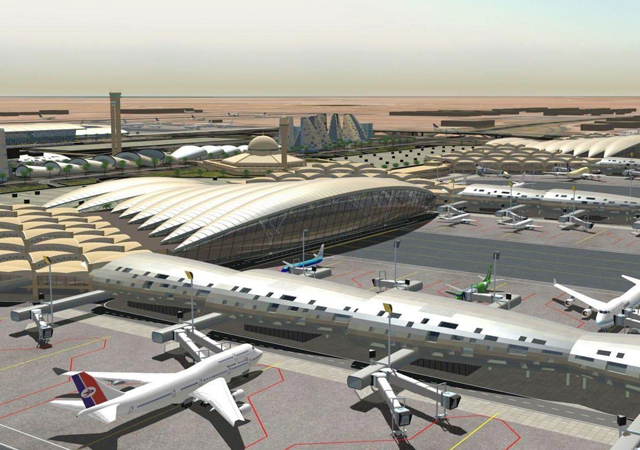 |
|
Internatioal developers have been invited to bid for the new Taif International Airport which aims to achieve a capacity of 2.5 million passengers per year by 2030 |
Matarat Holding, in collaboration with the National Center for Privatization & PPP, has announced that several leading international airport developers are competing for the development of Taif International Airport. A total of 90 companies, including 46 local firms, expressed interest in the project. The new Taif International Airport aims to boost its capacity of 2.5 million passengers per year by 2030 and work will involve the construction of a new runway, taxiways, apron, a passenger terminal, buildings, and support facilities.
In the Eastern Province, Hill International has secured a project management consultancy contract with Dammam Airports Company (DACO) for multiple improvement projects at King Fahd International Airport (KFIA) in Dammam, as well as Al Ahsa International and Al Qaisumah International airports. King Fahd International Airport is one of the kingdom’s four primary international airports, handling more than 10 million passengers annually and hosting 37 airlines. Hill will oversee 105 ongoing and upcoming projects for DACO over the three-year contract, including asset replacements and upgrades, IT enhancements, and other landside and airside assignments.
In the ports sector, DP World and the Saudi Ports Authority (Mawani) have launched the upgraded South Container Terminal at Jeddah Islamic Port following an SAR3 billion expansion. This three-year project has more than doubled the terminal’s capacity from 1.8 million TEUs to 4 million TEUs. The terminal is also geared towards a future capacity of 5 million TEUs with the deployment of additional ship-to-shore equipment.
DP World is also investing in the 415,000-sq-m Jeddah Logistics Park adjacent to the terminal, which will offer warehousing, distribution, and freight forwarding services, with completion scheduled for Q2 2026.
Housing
Saudi Arabia’s housing sector continues to expand rapidly, driven by the kingdom’s Vision 2030 goals to increase homeownership and provide quality housing for its citizens. State-backed developers like ROSHN Group and the National Housing Company (NHC) are launching large-scale projects and awarding significant construction contracts across the country.
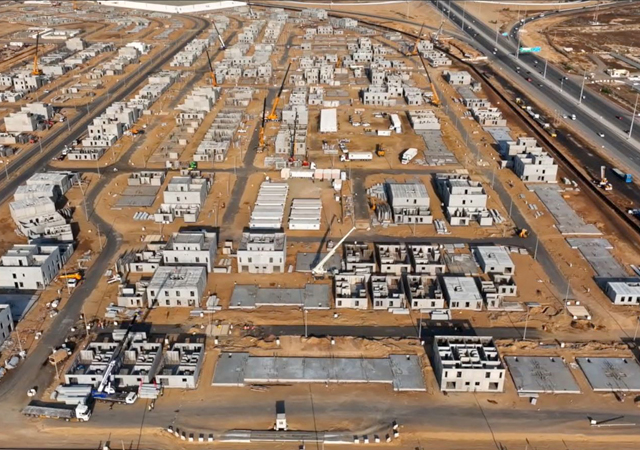 |
|
ROSHN Group is developing thousands of housing units in Saudi Arabia. |
ROSHN Group, powered by PIF, has awarded new contracts worth SAR1.5 billion for its Sedra development in Riyadh. These contracts cover the construction of over 1,900 residential units and infrastructure for retail facilities within the community. ROSHN also launched the sale of homes at Almanar, its first community in Makkah, which will eventually offer over 33,000 homes. The developer broke ground on the Makkah community in December.
Additionally, ROSHN has flagged off construction of its Aldanah residential project in Dhahran, with the award of a contract to Building Construction Company, a subsidiary of Retal Urban Development Company. Aldanah residential project in Dhahran, which will add over 2,500 homes.
The National Housing Company has announced the launch of 11 key residential projects in the Khuzam area of Riyadh, featuring over 10,000 units catering to diverse needs. Earlier, NHC awarded a major contract to China State Construction Engineering Corporation (CSCEC) for the construction of 20,000 residential units across its various developments kingdom-wide. NHC has also joined forces with Egypt’s Talaat Mostafa Group for the ground-breaking of Banan City, a $12 billion smart city project in northeast Riyadh that will include over 27,000 residential units.
Real Estate
Saudi Arabia has recently initiated a multi-pronged approach to shaping its real estate sector. The kingdom is seeking to attract foreign investment in specific areas while simultaneously addressing domestic housing affordability and promoting a distinct national architectural identity. These strategic interventions are likely to have a significant and long-lasting impact on the development and dynamics of the real estate market across the country.
Among such measures, the Ministry of Investment is now permitting foreign firms to own and sell real estate outside of Makkah and Madinah for investment purposes under specific conditions (see Saudi Focus). This carries broad economic and regulatory implications, aligning with Vision 2030 objectives and signals Saudi Arabia’s commitment to modernising its real estate sector while balancing cultural preservation and economic ambitions. Foreign investors gain structured access to a high-potential market, albeit with strict compliance demands.
Earlier, Saudi Arabia had announced a landmark decision to allow foreign firms to invest in listed companies owning property in Makkah and Madinah. This move by the Capital Market Authority (CMA) aims to attract foreign capital, enhance market liquidity, and support developmental initiatives in the holy cities. Foreign ownership will be capped at 49 per cent of a company’s shares, excluding strategic foreign investors.
To address the recent surges in land and rental prices, Crown Prince Mohammed bin Salman has initiated comprehensive reforms in Riyadh to stabilizse these prices, addressing recent surges (see Saudi Focus). The reforms in Riyadh signal a strong government commitment to addressing affordability and speculative practices in the capital’s real estate market. Releasing substantial land for development and capping the price of residential plots for citizens aims to increase supply and reduce price pressures. These measures could lead to a more stable and accessible housing market in Riyadh over the medium to long term.
In the residential real estate sector, as much as SAR3.57 billion of private capital is set to be deployed into Saudi Arabia’s branded residential market, according to The Saudi Report 2025 from global property consultant Knight Frank.
Branded residences are now increasingly becoming part of mega projects such as Diriyah which currently offers 300 branded residences and The Red Sea Project planning more than 1,000 residences by 2030.



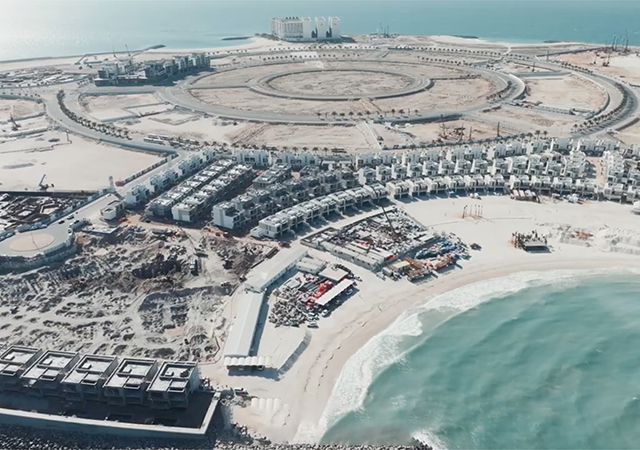
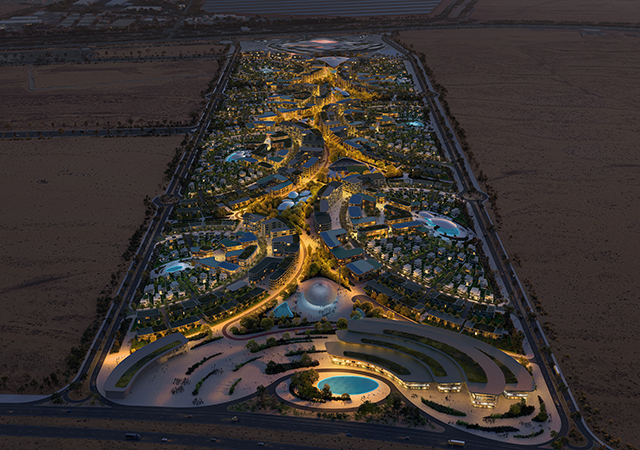
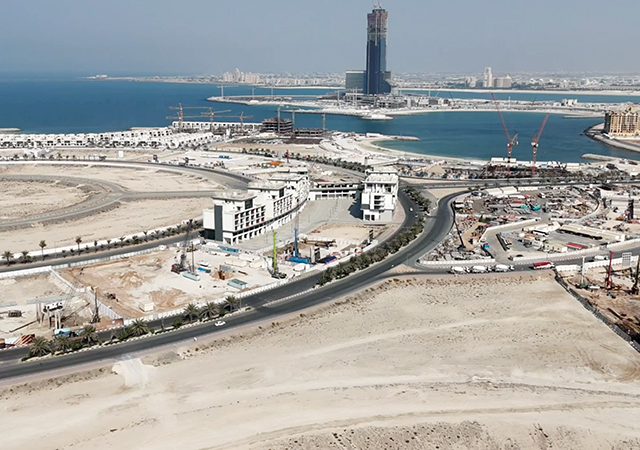
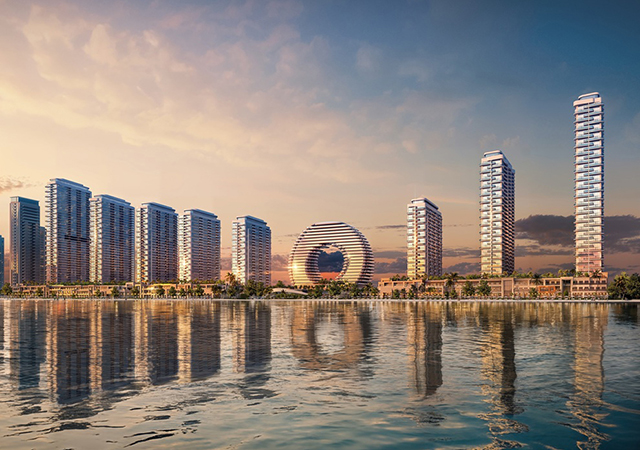
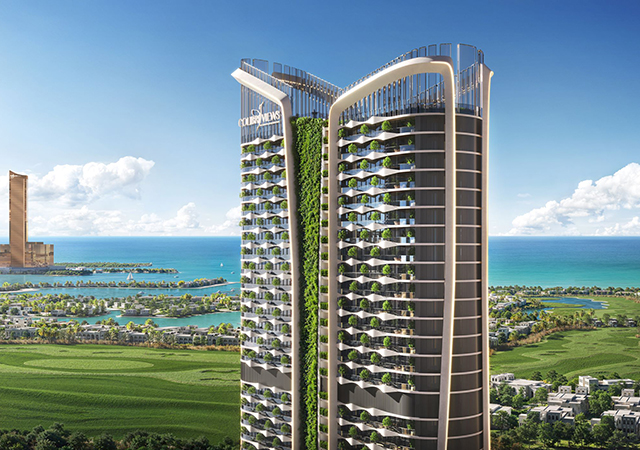
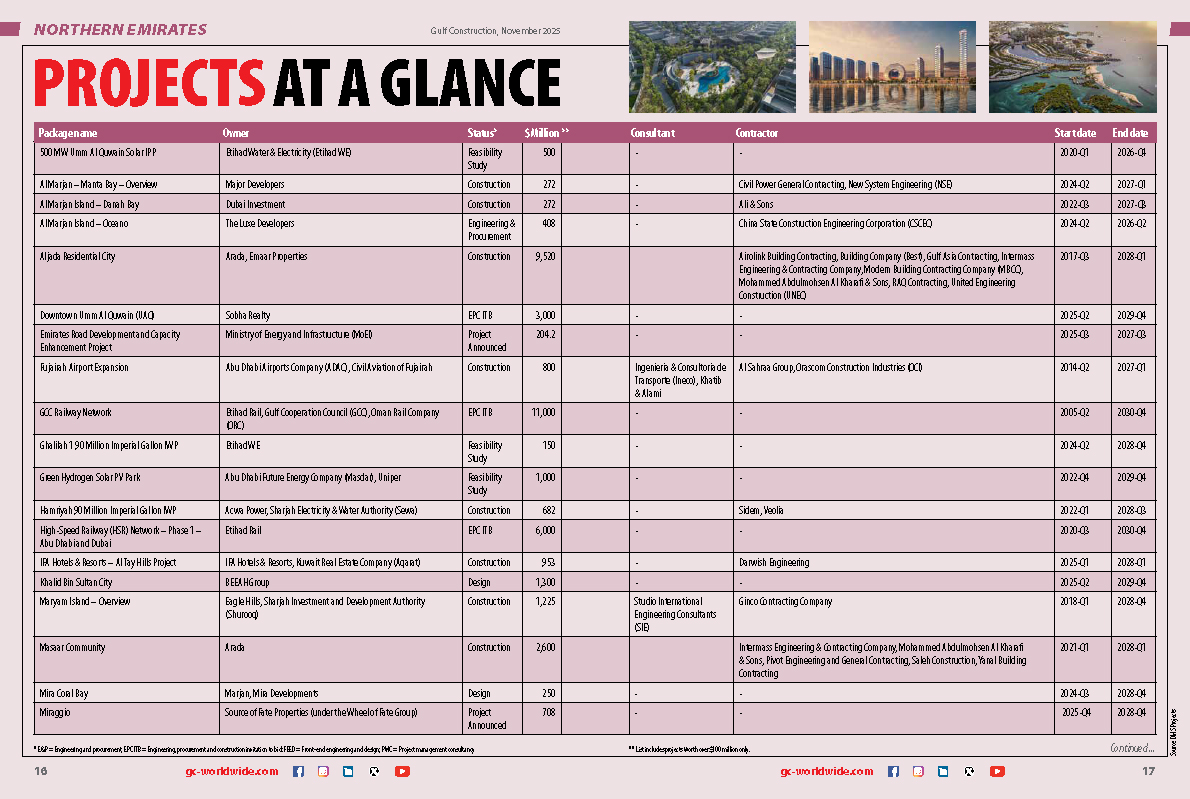
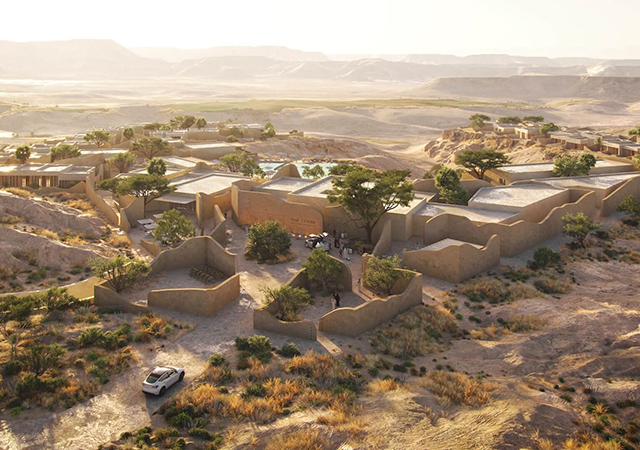
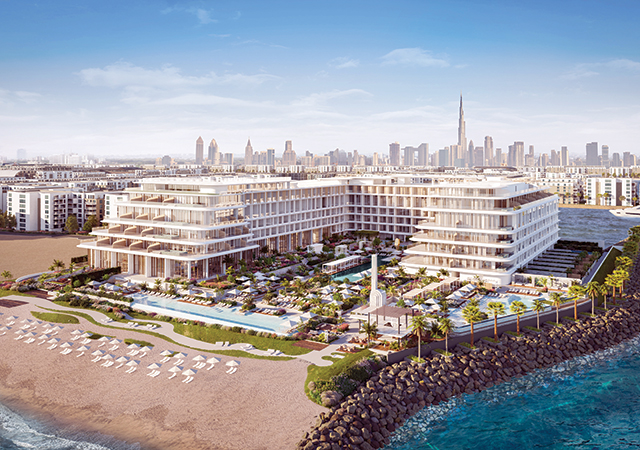
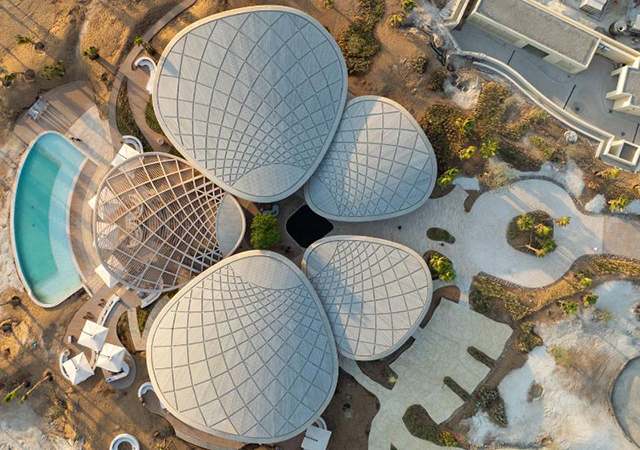
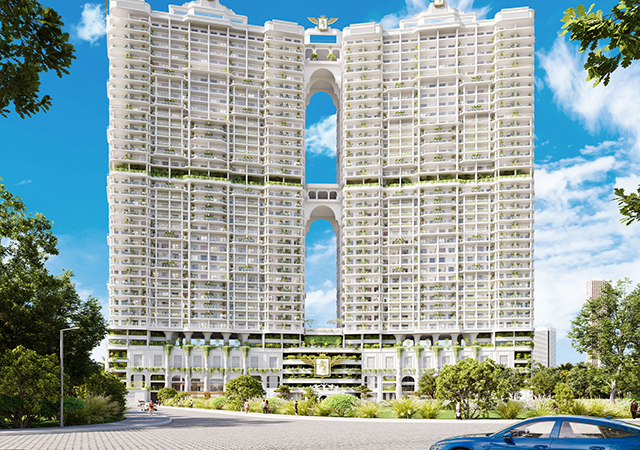
(5).jpg)
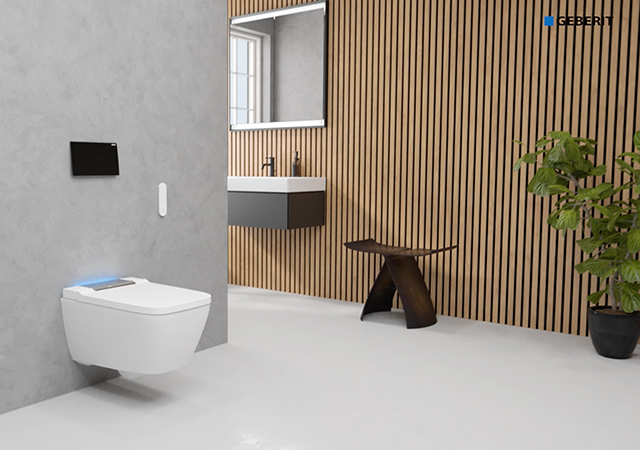
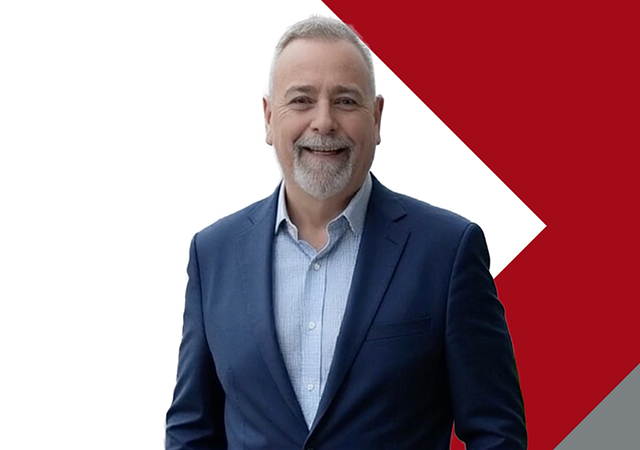
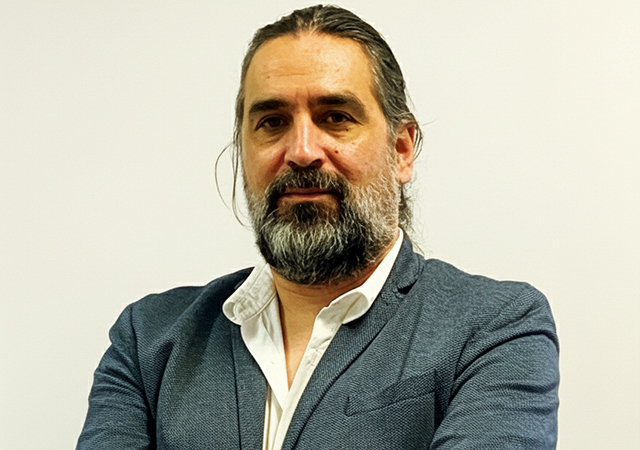
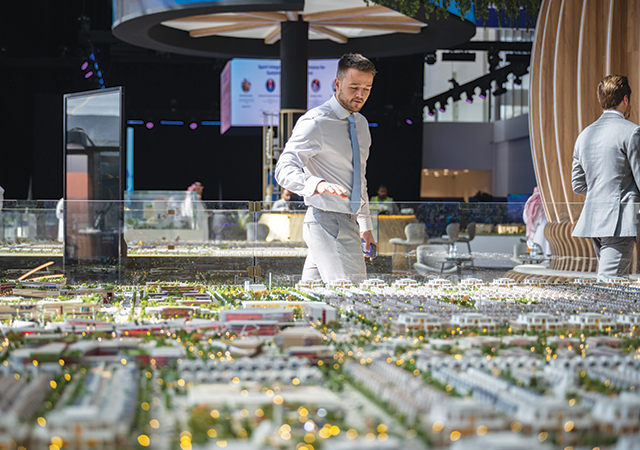
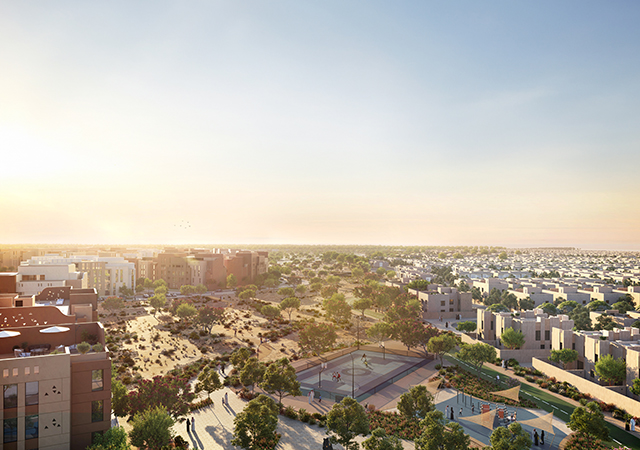
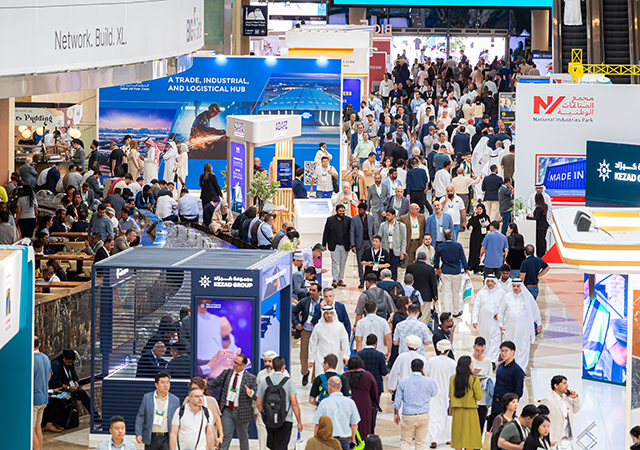
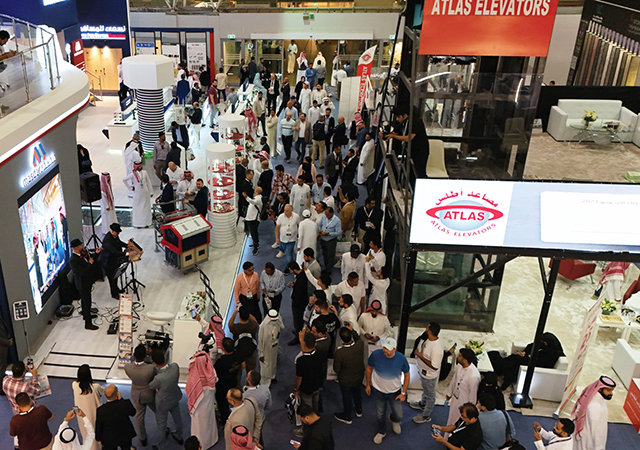
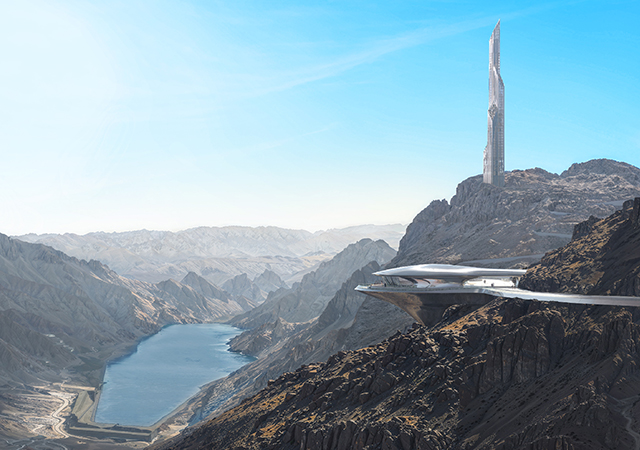
.jpg)
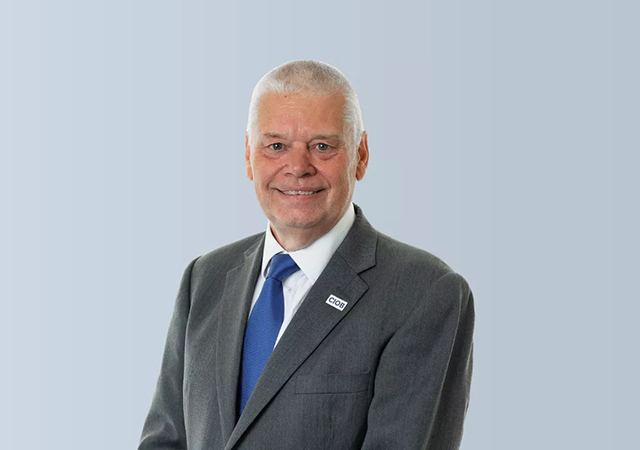

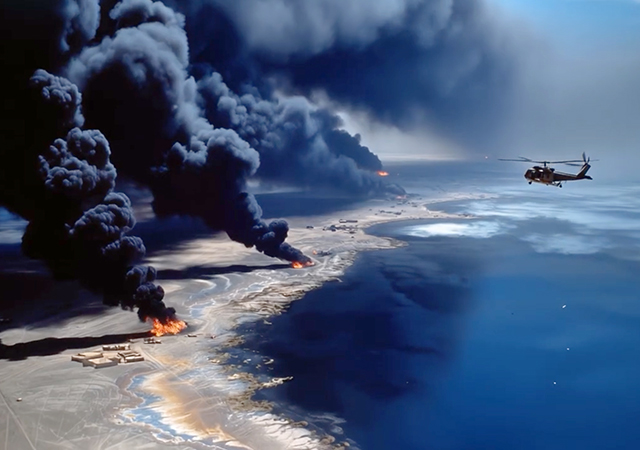
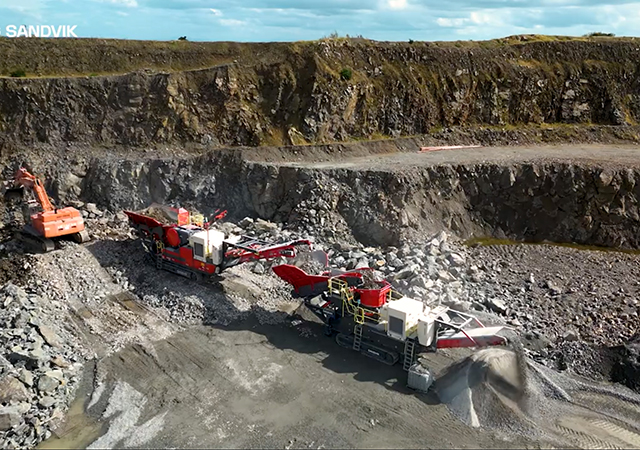
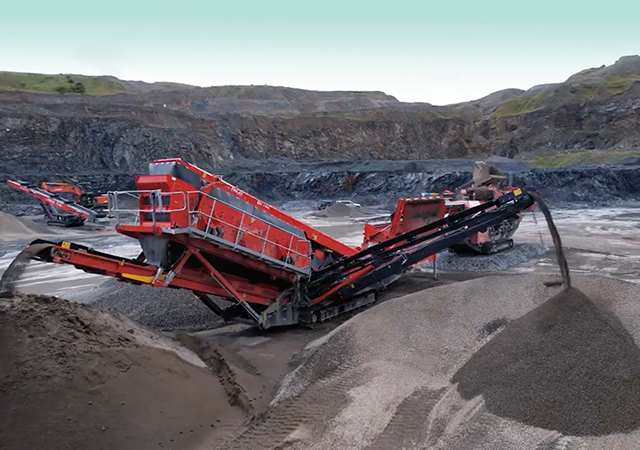
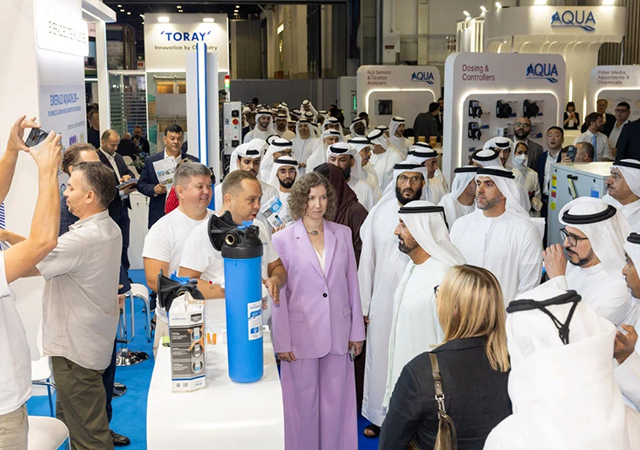

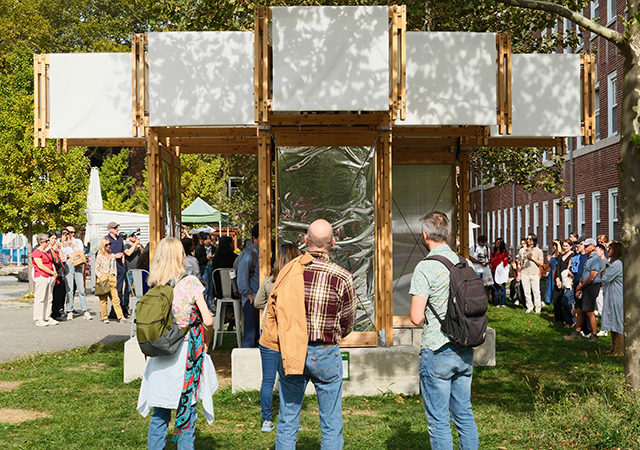
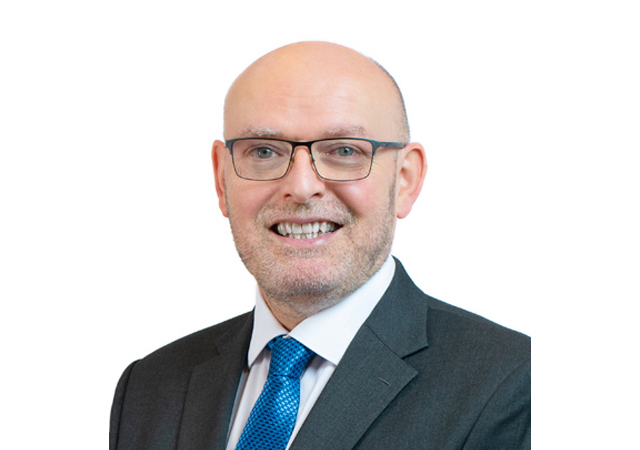
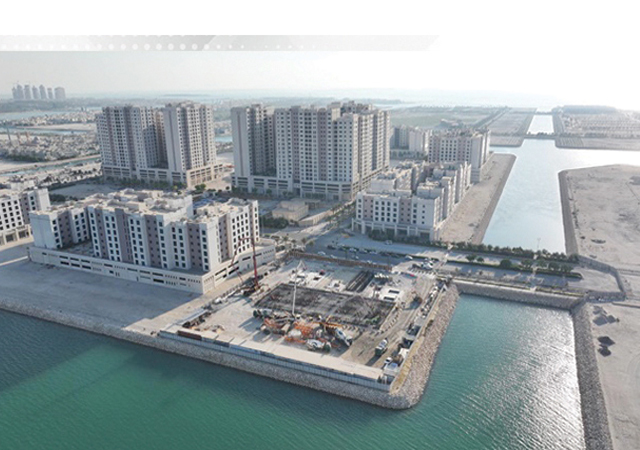
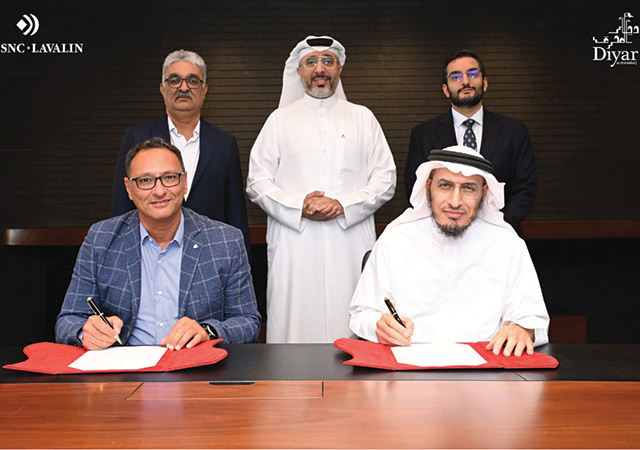
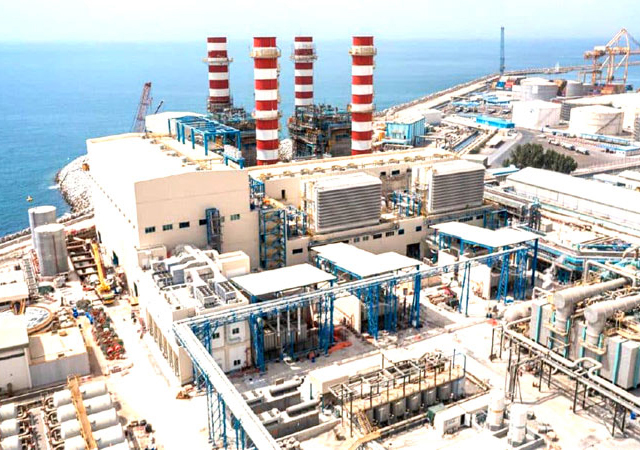
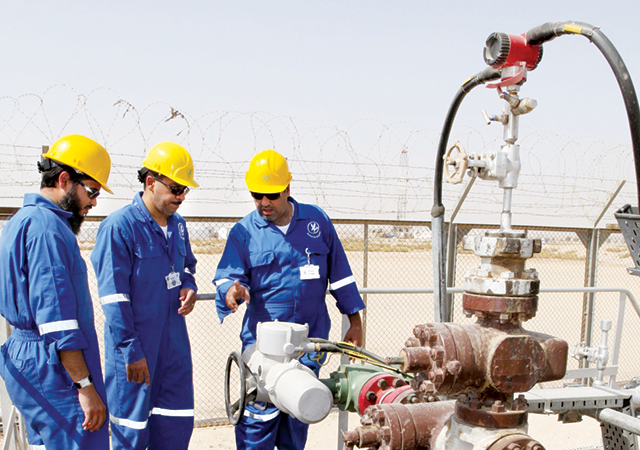
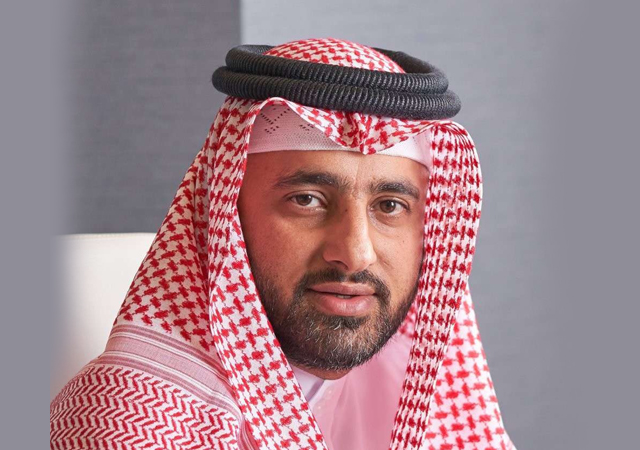

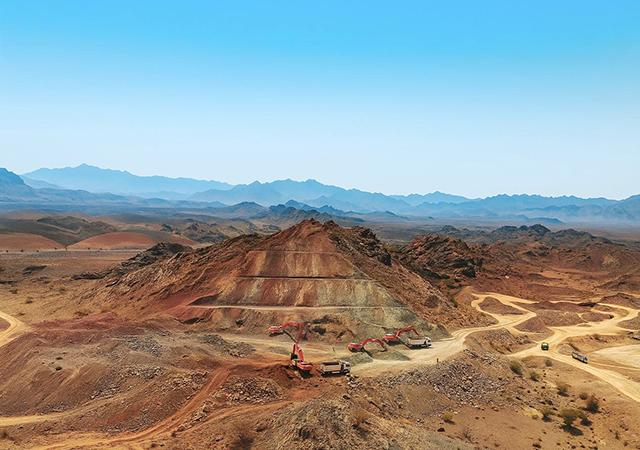
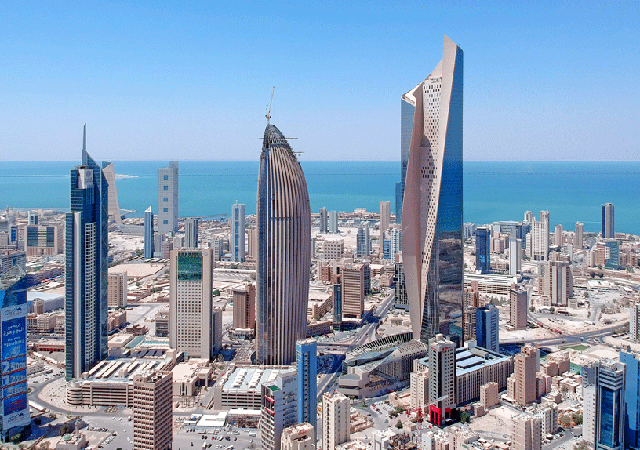
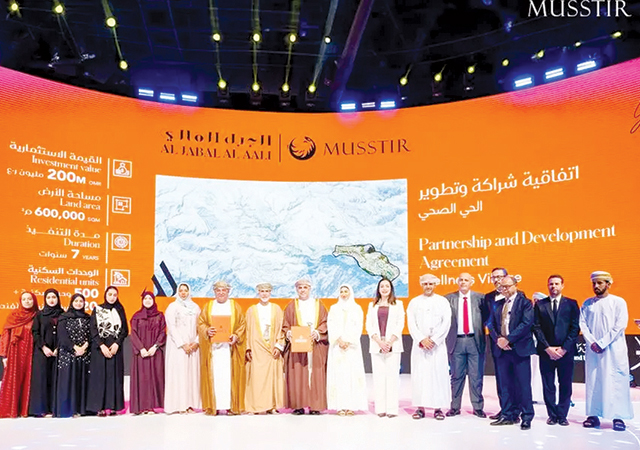
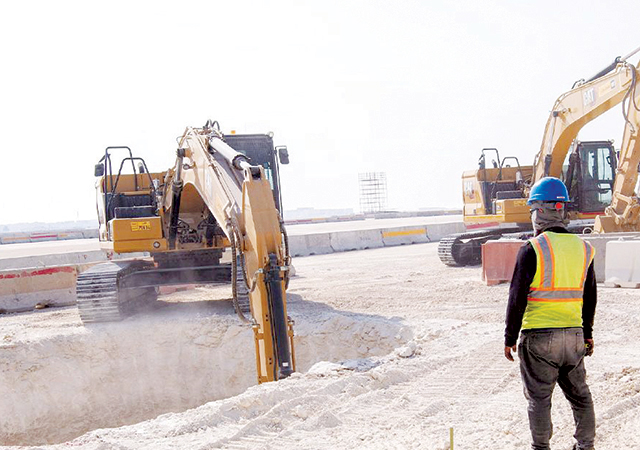
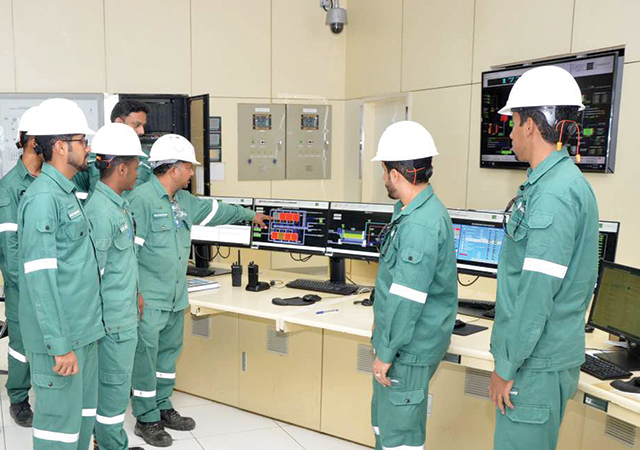
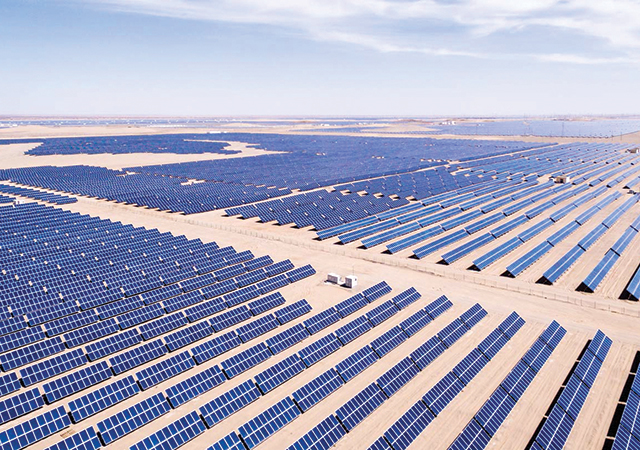
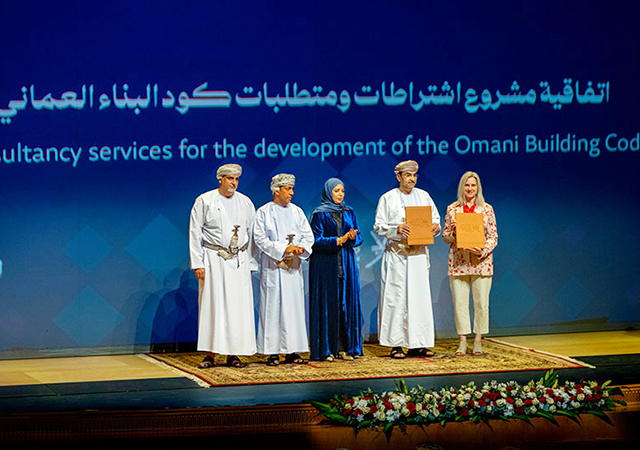
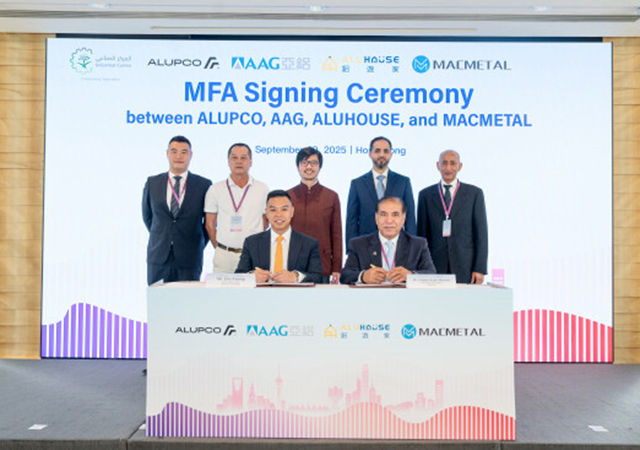
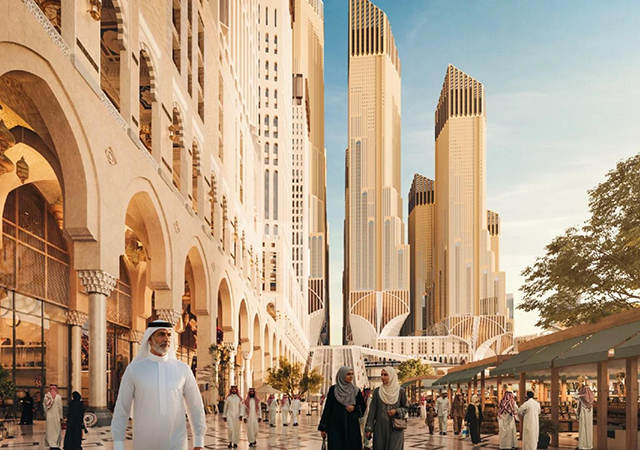
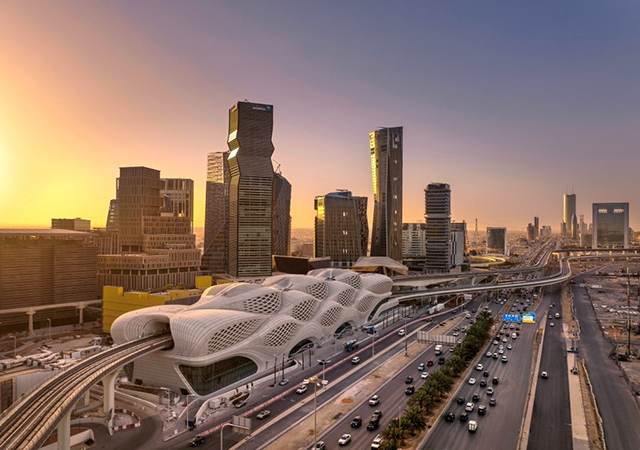
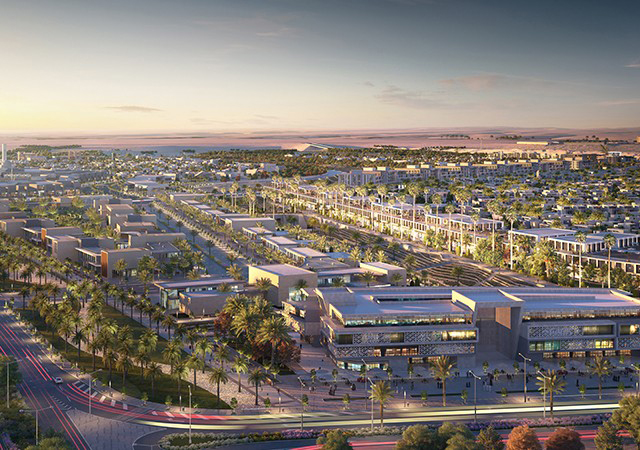
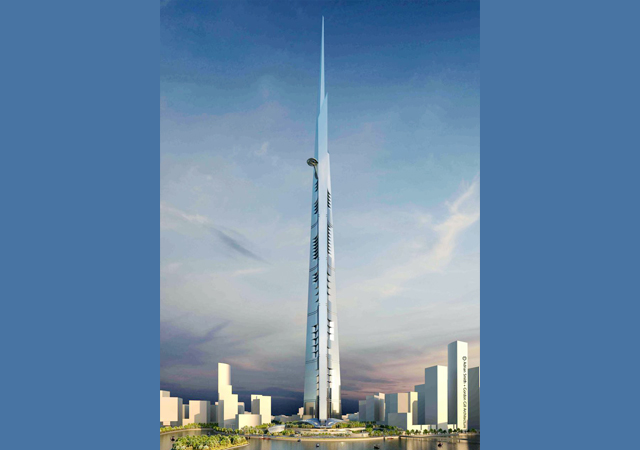
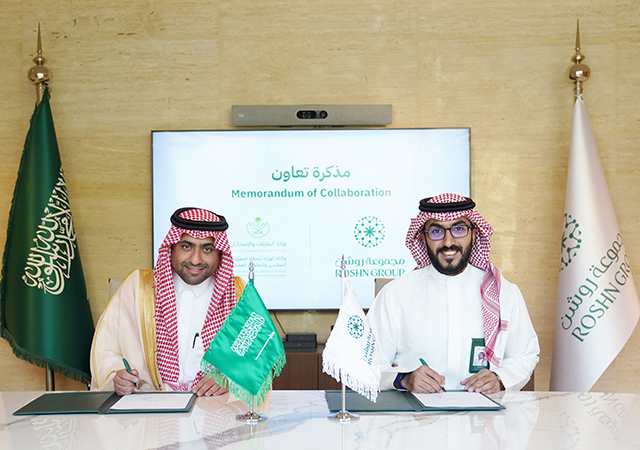


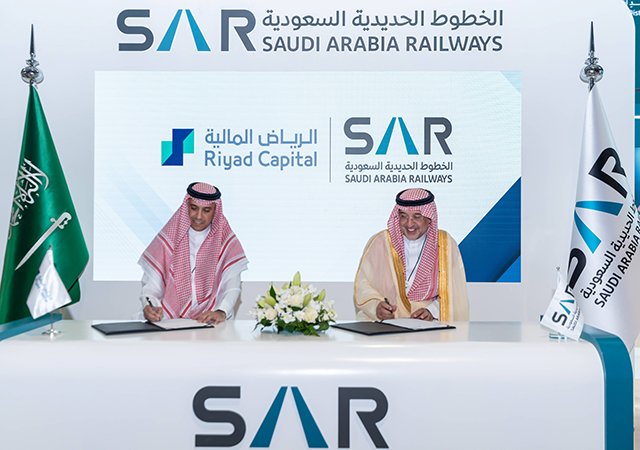
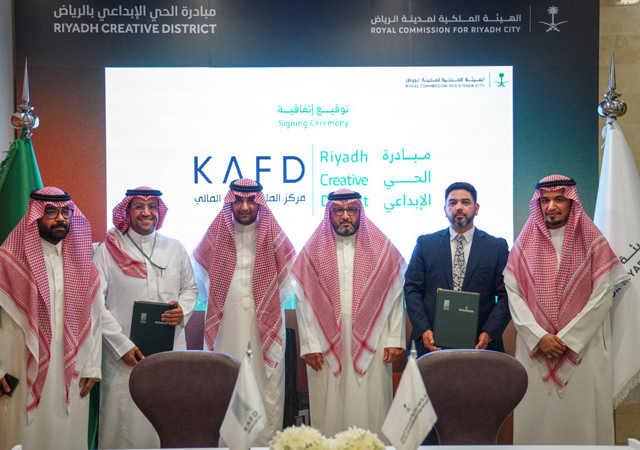
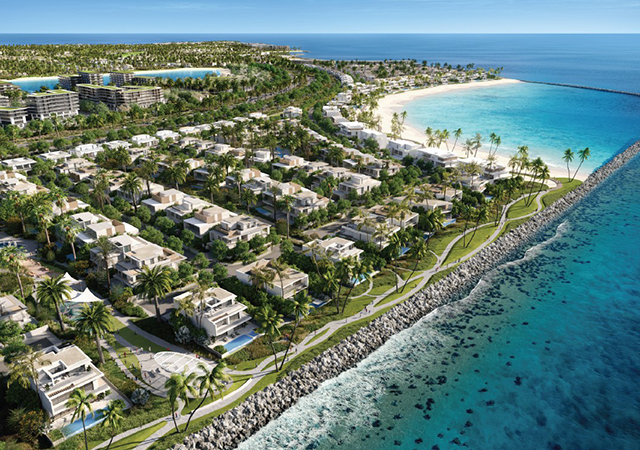
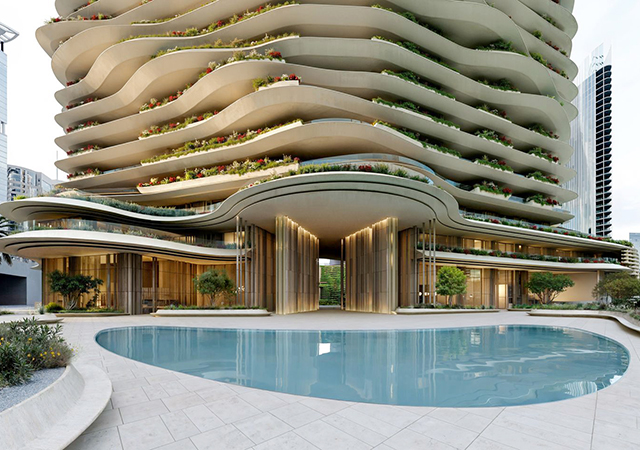
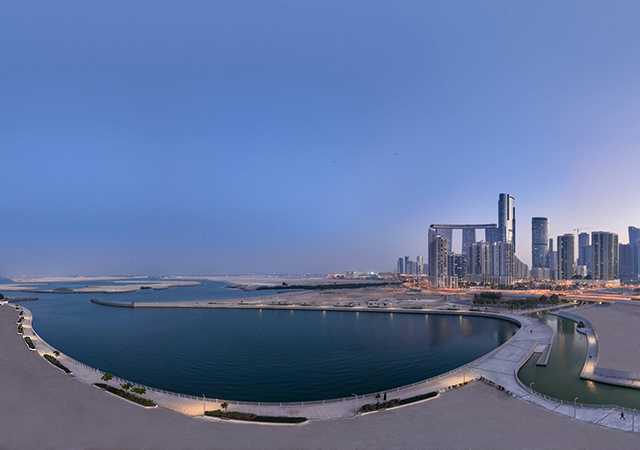
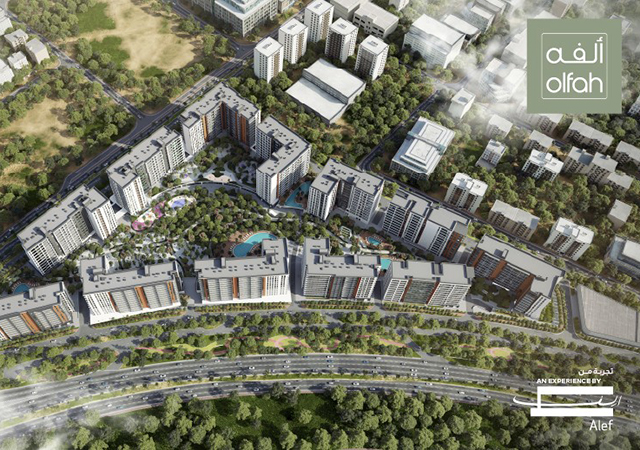
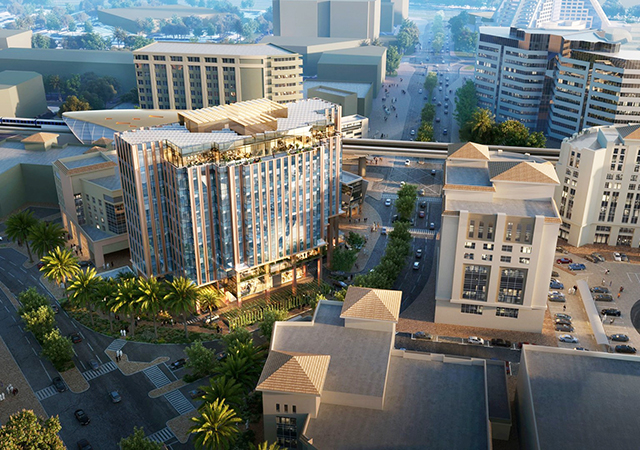
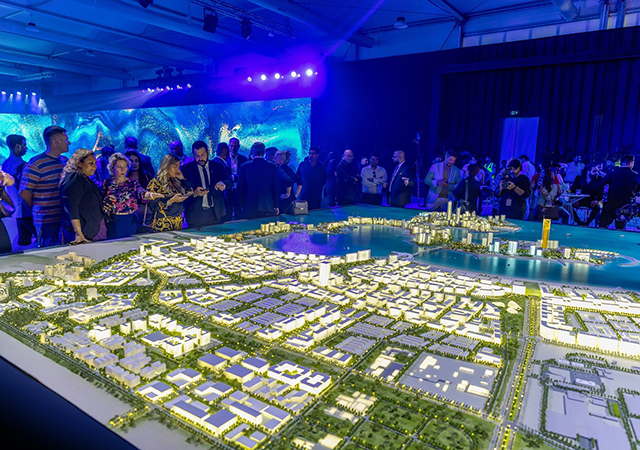
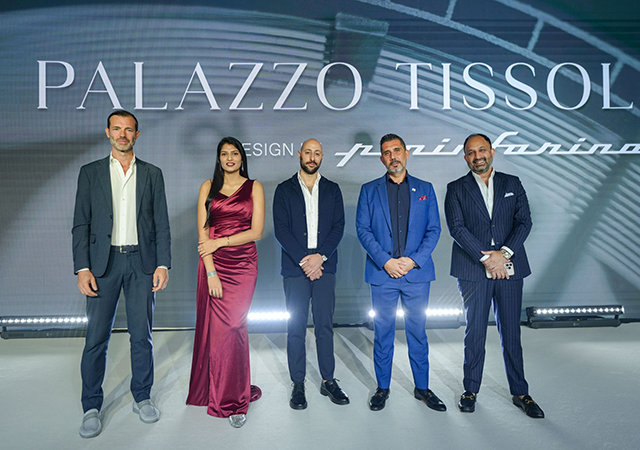
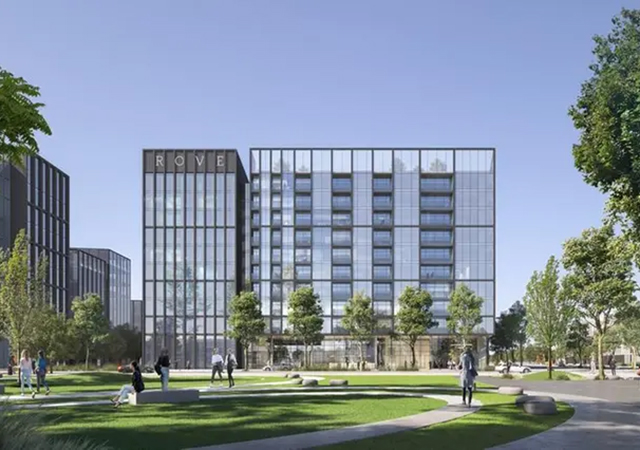
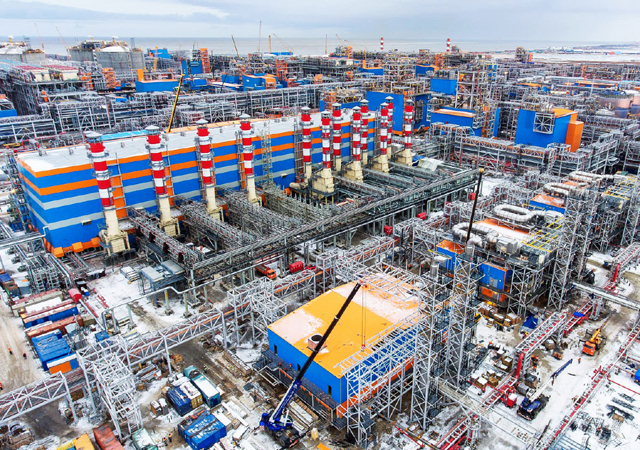
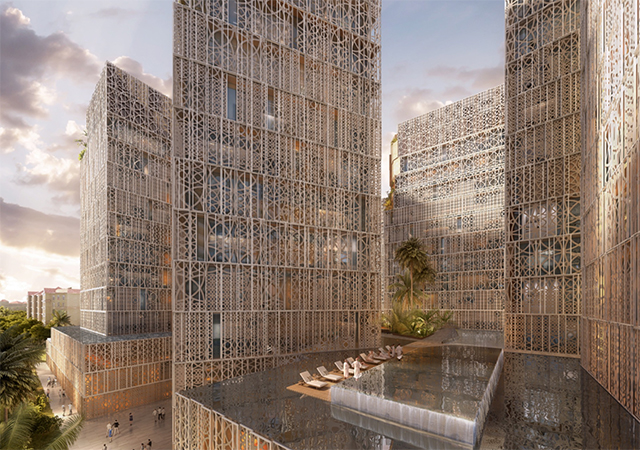
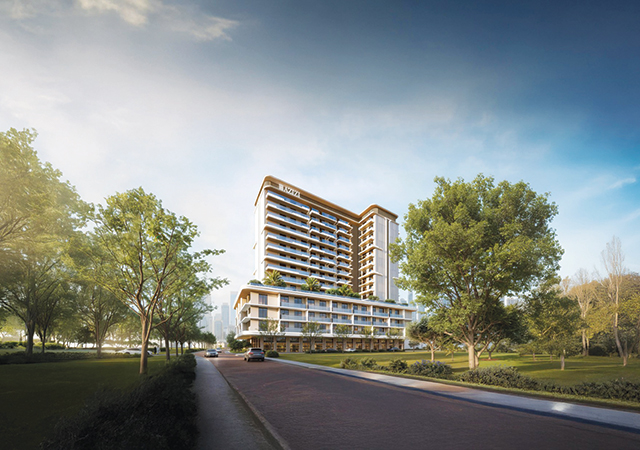
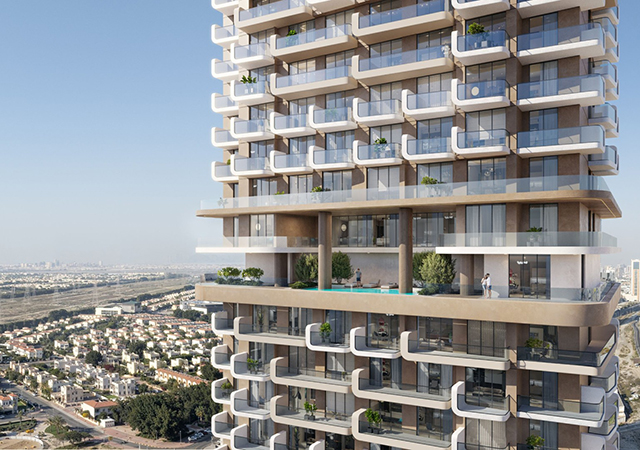
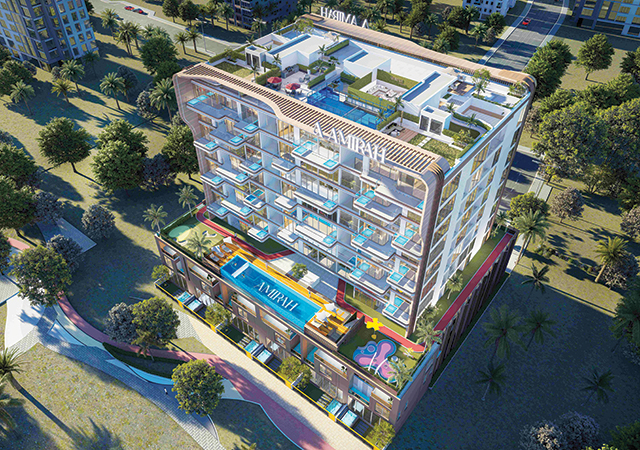
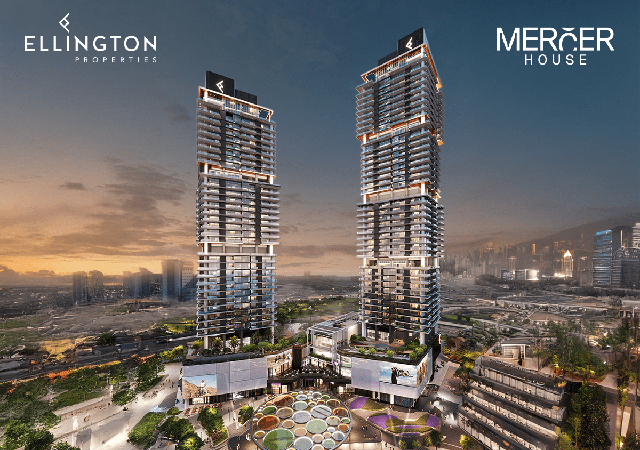
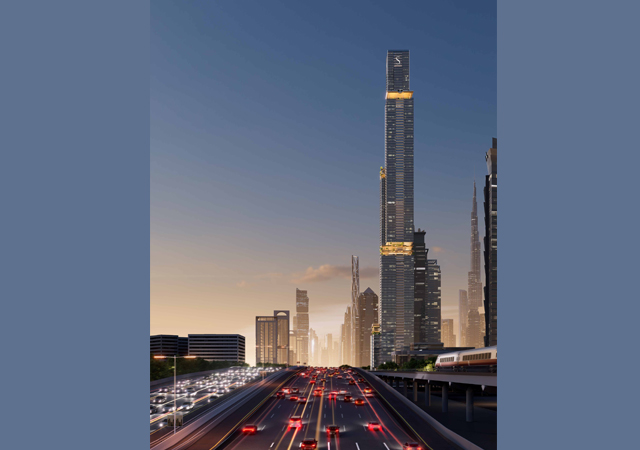
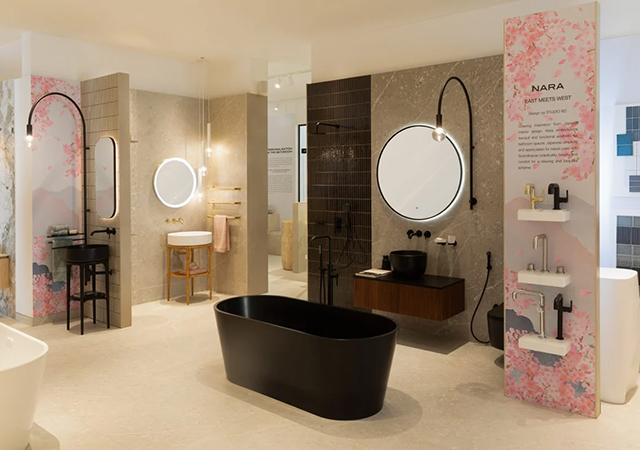
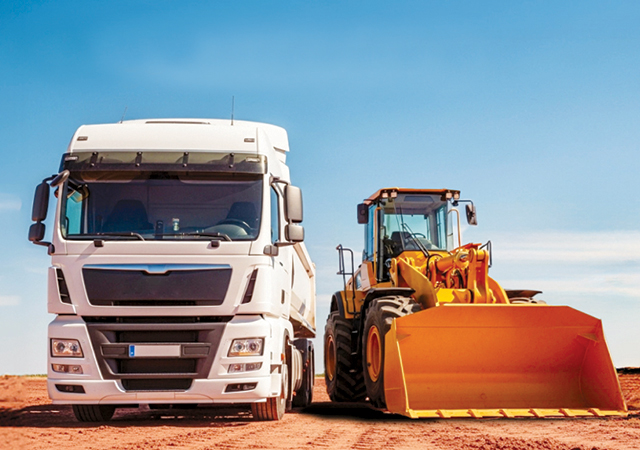
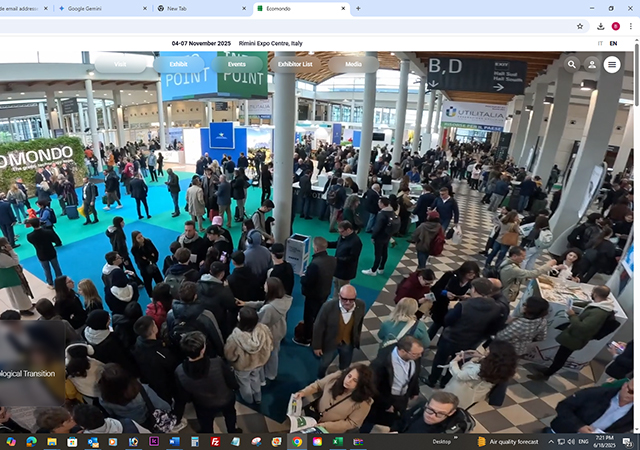
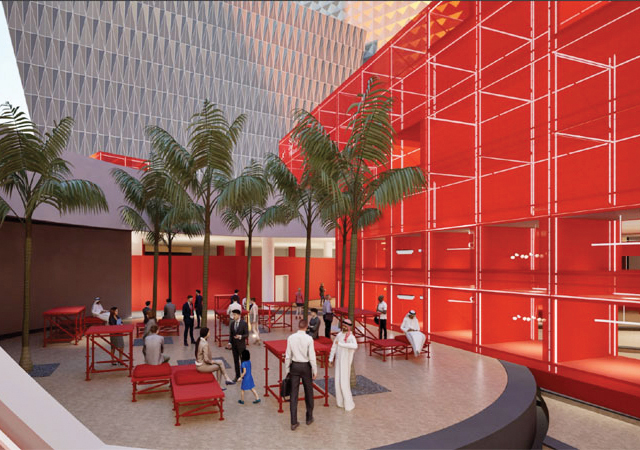

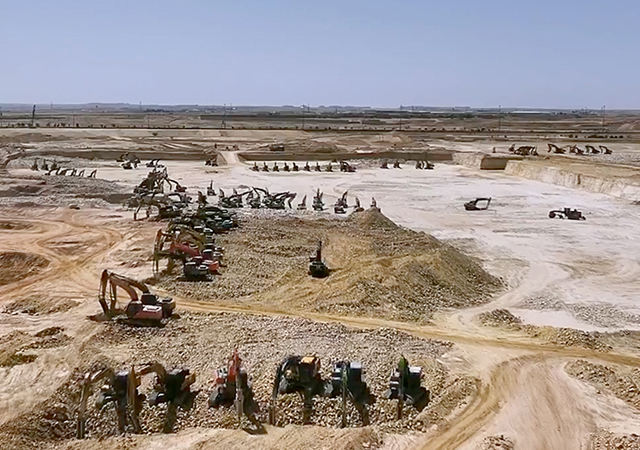
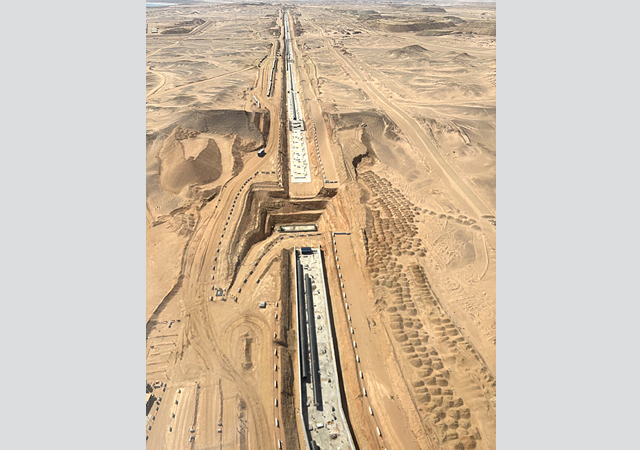
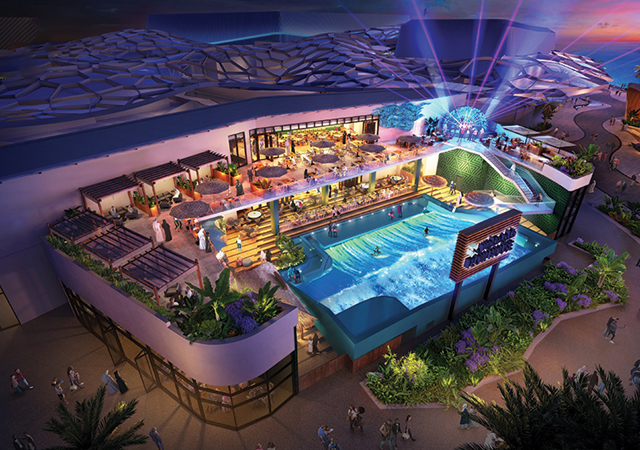
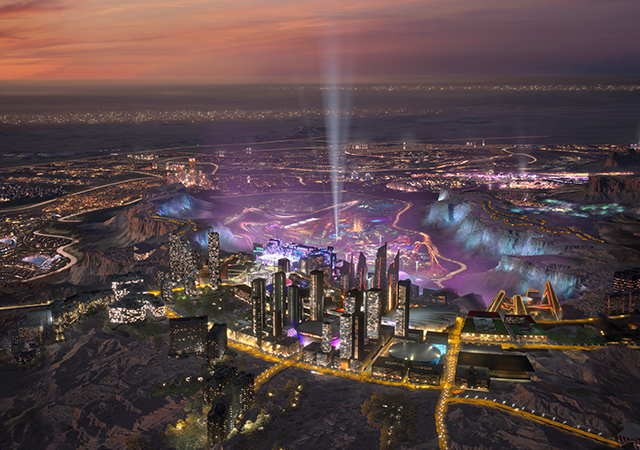
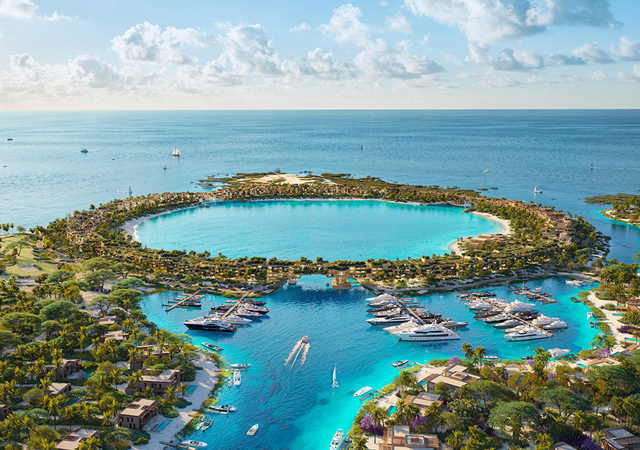
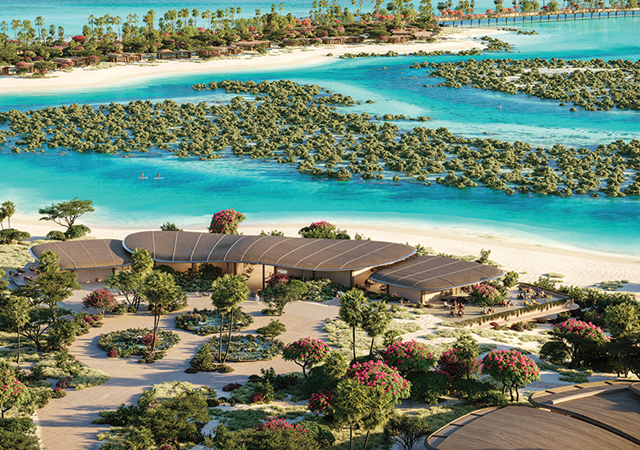
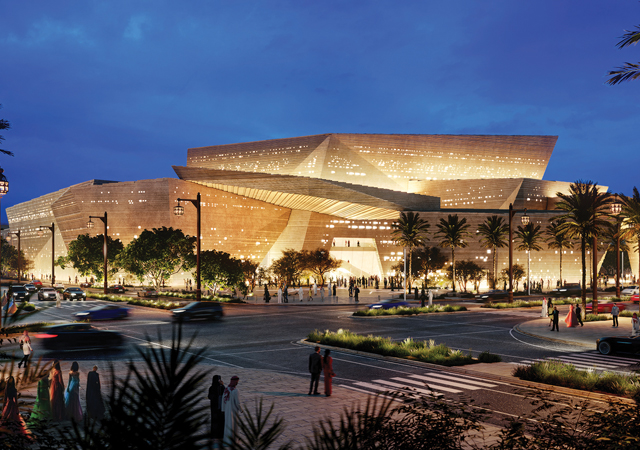
 BIG.jpg)
